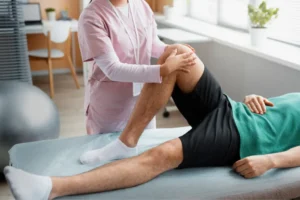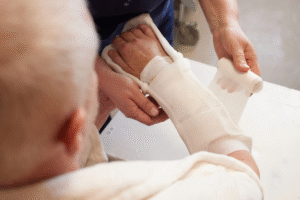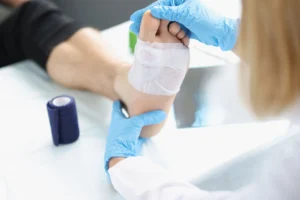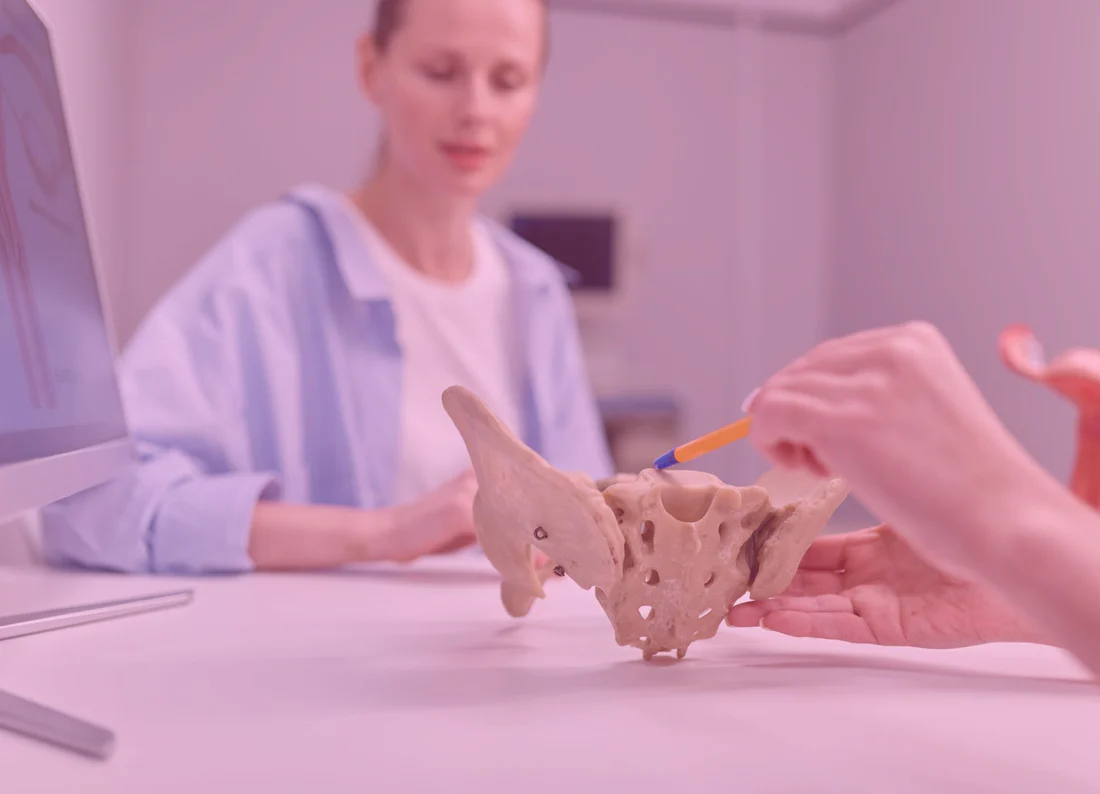Understanding Vaginismus
Vaginismus is a condition characterized by involuntary tightening of the vaginal muscles, which can make penetration painful or even impossible. It often occurs as a response to physical discomfort, psychological stress, or past trauma, and it can affect women of all ages. Many individuals experience confusion and frustration when they first notice symptoms, as the condition is not widely discussed and can carry emotional stigma. Recognizing early signs such as pain during intercourse, difficulty inserting tampons, or even discomfort during medical exams is essential for seeking timely help. The causes of vaginismus can vary widely, from underlying medical conditions like infections or hormonal changes to psychological factors including anxiety, fear of pain, or negative sexual experiences. Understanding the interplay between mind and body is critical for effective vaginismus treatment. Awareness and education help individuals feel more in control and empowered to pursue appropriate therapies.
How Vaginismus Affects Daily Life and Relationships
Living with vaginismus can impact intimate relationships, leading to stress, embarrassment, and a reduced sense of connection with a partner. Women may avoid sexual activity due to fear of pain, which can cause emotional strain and intimacy challenges. The condition may also affect mental health, contributing to anxiety, low self-esteem, or depressive feelings over time. Communication with partners becomes a vital aspect of coping, as misunderstandings about sexual avoidance can create tension. Vaginismus often extends beyond sexual interactions, influencing confidence in medical exams and personal hygiene routines. Daily activities may feel limited, as the physical and emotional effects of the condition intersect. Addressing these challenges through comprehensive treatment helps restore not only physical comfort but also emotional well-being and relationship satisfaction.
Medical Approaches to Vaginismus Treatment
Medical intervention is often the first step in effective vaginismus treatment. Gynecologists and pelvic health specialists can assess underlying physical conditions and provide guidance on managing symptoms. Pelvic floor physical therapy is a common approach, involving exercises that gradually stretch and strengthen the vaginal muscles to reduce involuntary contractions. Vaginal dilators are frequently used in conjunction with guided exercises, allowing for progressive desensitization in a safe and controlled way. Some patients benefit from topical medications or local anesthetics to manage discomfort during therapy sessions. Pain management strategies, such as over-the-counter or prescription treatments, may also play a supportive role. Working closely with medical professionals ensures that the treatment plan is safe, evidence-based, and tailored to the individual’s needs.
Psychological and Emotional Therapies
Psychological support is a crucial component of vaginismus treatment, addressing the emotional and cognitive aspects of the condition. Cognitive Behavioral Therapy (CBT) is widely used to identify and reframe anxious thoughts related to sexual activity, helping women develop healthier responses to fear or anticipation of pain. Sex therapy and counseling can provide a safe space to discuss intimacy concerns and explore strategies for gradual engagement in sexual activity. Emotional therapy also focuses on reducing stress, enhancing self-esteem, and resolving any past trauma that may contribute to vaginismus. Many patients find that combining medical and psychological therapies accelerates progress and fosters greater confidence. Mind-body approaches, including mindfulness exercises, relaxation techniques, and guided imagery, often complement traditional therapy by reducing tension in the pelvic muscles. Establishing a strong support network with therapists and partners encourages long-term success and emotional resilience.
Integrative and Holistic Approaches
Holistic strategies play an essential role in comprehensive vaginismus treatment. Practices such as yoga and meditation promote relaxation, improve body awareness, and help reduce muscle tension, which can ease discomfort. Mindfulness exercises focus attention on present sensations, decreasing anxiety and fear around intimacy. Partner-assisted exercises are also highly beneficial, allowing gradual introduction of touch and penetration in a supportive environment. Lifestyle adjustments, including regular pelvic floor stretching and stress management techniques, contribute to sustained improvements. Nutritional support and gentle physical activity can enhance overall well-being, indirectly benefiting vaginal health. Combining integrative therapies with medical and psychological approaches creates a multi-layered strategy that addresses both physical and emotional factors. These methods reinforce confidence and empower women to take an active role in their healing journey.
Creating a Personalized Treatment Plan
A personalized treatment plan is the cornerstone of effective vaginismus care. Each woman’s experience is unique, and the most successful approaches consider both physical and emotional factors. Tailoring therapy allows healthcare providers to choose the right combination of medical intervention, psychological support, and holistic practices. Monitoring progress is crucial, as treatment may require adjustments based on the individual’s response and comfort level. Consistent follow-up with specialists ensures that exercises, dilators, and therapies are applied safely and effectively. Patient education about the condition and its management fosters understanding and motivation throughout the healing process. A personalized plan empowers women to regain control over their bodies and relationships while promoting long-term sexual health and emotional well-being.
Preventive Measures and Lifestyle Adjustments
In addition to structured therapies, preventive measures support ongoing pelvic health and minimize the risk of recurring symptoms. Daily pelvic floor exercises, such as Kegels or relaxation techniques, maintain flexibility and muscle control. Encouraging open communication with partners helps reduce anxiety and fosters intimacy without pressure or discomfort. Stress management techniques, including meditation, breathing exercises, and physical activity, support both emotional and physical relaxation. Maintaining a healthy lifestyle with balanced nutrition and adequate sleep improves overall well-being, which can indirectly reduce vaginismus symptoms. Being proactive about regular gynecological checkups ensures that any underlying conditions are promptly addressed. These lifestyle adjustments complement structured treatment, creating a comprehensive approach to sexual health and confidence.
FAQs About Vaginismus Treatment
How long does vaginismus treatment usually take?
Treatment duration varies depending on the severity of the condition and the combination of therapies used. Some women see improvement within a few weeks, while others may require several months of consistent therapy.
Is vaginismus treatment painful?
Properly guided therapy is generally designed to minimize discomfort. Gradual exercises and the use of dilators aim to reduce pain while encouraging muscle relaxation.
Can vaginismus be completely cured?
With a tailored treatment plan that combines medical, psychological, and holistic approaches, many women experience significant improvement or full resolution of symptoms.
Are there at-home exercises that help with vaginismus?
Yes. Pelvic floor exercises, mindfulness techniques, and gentle stretching can support treatment. It is important to follow professional guidance to ensure effectiveness and safety.
Should partners be involved in the treatment process?
Partner involvement is often beneficial, as supportive communication and gradual participation in exercises can improve outcomes and strengthen intimacy.











